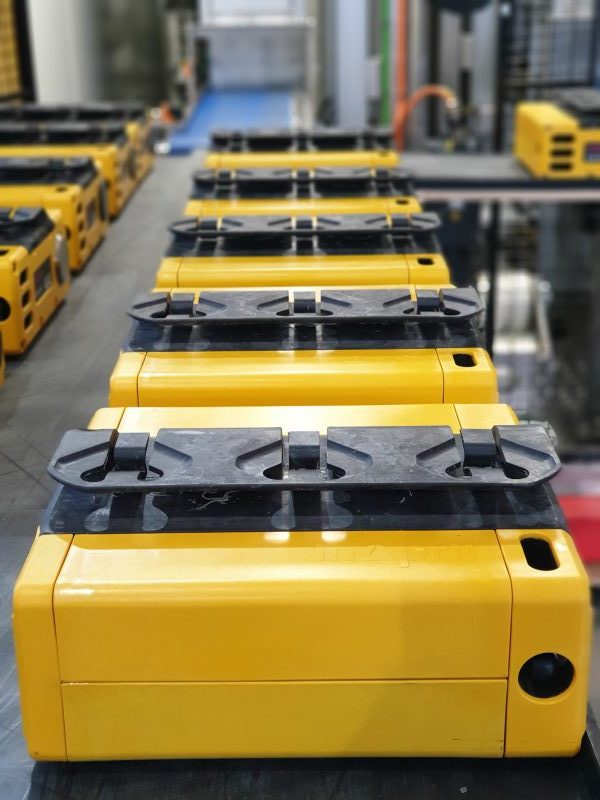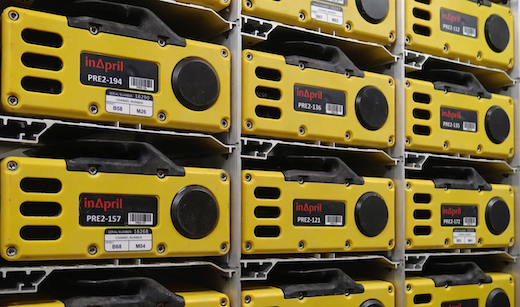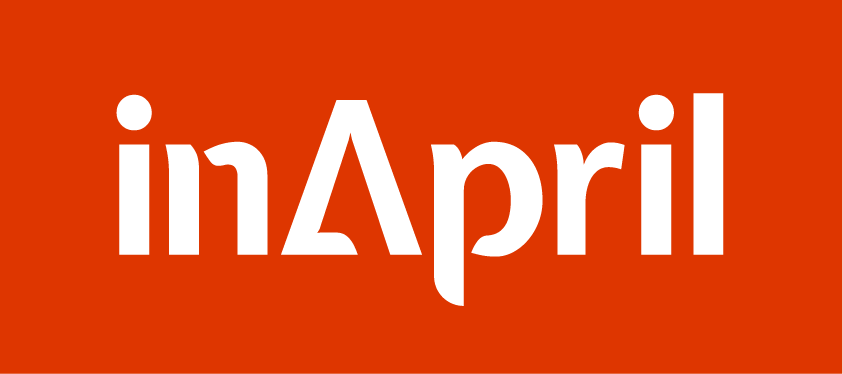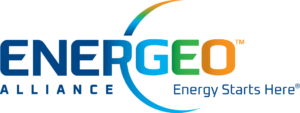As a result of strong interest in our OBN solutions, inApril is now offering OBN technology as a separate business line in addition to being a provider of complete OBN systems. Elements of the Venator solution, as well as the development of bespoke products and solutions, are now available to seismic operators. We believe this strategy will strengthen us as an independent provider of OBN technologies and solutions. Discussions with several OBN service providers are already taking place.
InApril CEO Vidar Hovland says ‘We have further developed the Venator system to be node agnostic so we can appeal to a broad spectrum of requirements from full systems to individual components. This also applies to our node electronics, data management software, and engineering, all of which can be customized for particular applications. Our hope is that this approach will help to grow the market by increasing the options available to companies looking for economically viable seabed seismic projects.’
inApril has signed a contract for the lease of nodes to a client in the North America region. The nodes to be delivered will be the US version of the A3000 and the contract will commence in the second quarter 2020 with a duration of approximately 3 months.
Commenting on the appointments, inAprils CEO, Vidar Hovland, stated: “We are pleased to welcome Paal and Jørn to our board. They will bring invaluable additional financial and Multi-client geophysical expertise to inApril, as we transform and grow our business to become one of the leading players in Ocean Bottom Seismic.
Paal Johnsen is currently the Investment Director at Akastor ASA and holds an MBA degree from Norwegian School of Economics (“NHH”). He joined Akastor as Group Executive Vice President in May 2015, and has extensive experience at management and board level in various companies in industry and finance, including Carnegie ASA and Alden AS. He is currently also chairman of the board in AKOFS Offshore and Step Oiltools, and board member in Mybank ASA, Fjords Processing and Avium Subsea.
Jørn Christiansen holds a degree as Dipl. Geophysicist from TU Clausthal, Germany. He has 39 years industry experience in applied geophysics from oil company, O&G service industry and mineral prospecting business. He is also board member in various companies. Since 2017 he has served as independent consultant with special focus on Multi Client business development and geophysical technology development.

A3000 Nodes
4CNode Geophysical, founded by Eivind Berg, legendary pioneer of the first commercial ocean bottom node survey in 2003, is designing a seabed node application using separately planted 4-component sensors.
Highlight of the changes, based on the company’s continuing R&D programme, will be Venator’s ability to safely deploy and retrieve nodes at speeds of more than 9 knots. Along with numerous other improvements, this will further solidify Venator’s technology as by far the most cost-effective seabed acquisition system on the market today.
Based on experience from our successful sea-trials with our customers and oil companies in the Caspian and North Seas we have now developed the launch and retrieval system to work even better at high vessel speeds. Operating at 9 knots or more is possible, a major enhancement from Venator’s already proven 6 knots. We have also worked to make the system more compact and robust.
Below we list the details of the many significant advances in the system’s node, automation and data management capabilities available in H1 2019, all of which are designed to make Venator the technology choice for seabed seismic acquisition going forward.
Venator: The upgrades
Node and battery
− The A3000 node can now be delivered with a low cost OCXO clock with no reduction in battery life between charging. inApril’s solution for improved clock accuracy improves the sampling accuracy by a factor of up to ten times.
− An improved built-in battery management module gives the operator superior control of batteries and charging.
− The new release can transmit a node status to a surface vessel via the built-in transponder.
Automation
− A new control system manages the rope speed for constant seabed tension during deployment and retrieval.
− Ability for simultaneous retrieval of two receiver lines for increased retrieval efficiency
− A new and more efficient node washer
− Simplified and faster node storage. Data download, battery charging and clock management are parallel processes in inApril’s storage solution.
Data Management
− Fully scalable. More nodes just require more of the same hardware (same software)
− Enhanced QC
Contact us for more details.

As part of a prequalification process a number of inApril’s A3000 nodes, along with other Ocean Bottom Seismic technology, was tested during a field trial.
The nodes were deployed by ROV and recorded continuous data during approximately 45 days in the field. The subsequent analysis of the data confirmed that all A3000 nodes performed according to specifications and expectations.
For further information, please contact ronny.bohn@inapril.com
Oslo, August 20, 2018
inApril is pleased to announce the appointment of Pierre-Loïc Laizet as Vice President Technical, effective September 1. Pierre started his career assembling wireline tools with Schlumberger in Paris, then moved to Norway and Malaysia with WesternGeco in engineering and manufacturing of marine and land seismic hardware. Combined with experience in sourcing and supply chain management, he has acquired a wide range of technical expertise in the manufacturing of seismic systems. His latest position was Technical Manager for Malthus Uniteam, focusing on modular and containerized solutions for the oil and gas industry. He is a French citizen and resides in Norway.



Address: Tærudgata 1 2004 Lillestrøm, Norway
E-mail: post@inapril.com